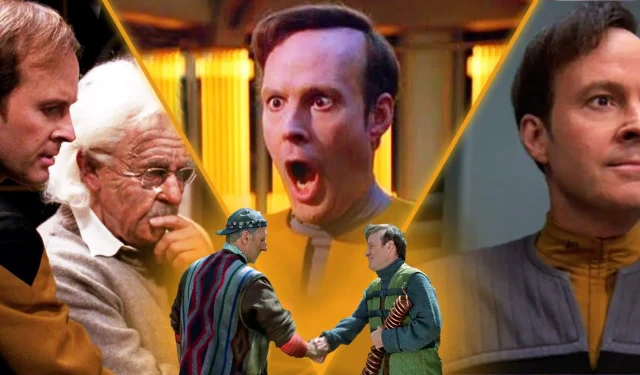
Key Points
- Originally envisioned with a contrasting personality, Lt. Barclay emerged as one of the most relatable figures in Star Trek.
- Portrayed by Dwight Schultz, Barclay’s twelve appearances during The Next Generation provided more than just comic relief.
A significant element of Star Trek: The Next Generation‘s acclaim stemmed from its beautifully harmonized crew. While the primary members of the USS Enterprise-D captured audiences’ hearts, they were complemented by a stellar ensemble of supporting characters. From the mysterious bartender Guinan to the dependable Nurse Alyssa Ogawa, and the transporter specialist Miles O’Brien, these characters brought richness to the Enterprise-D’s narrative… and then there was Reg Barclay.
Dwight Schultz, who was widely recognized at the time for his role as Captain ‘Mad Dog’ Murdoch in The A-Team, brought Barclay to life. Despite only appearing a dozen times in the Star Trek franchise, the anxious, blunder-prone, yet brilliant engineer became a beloved figure. Even after the conclusion of Star Trek: The Next Generation, the character could not be sidelined, later playing an essential role in Star Trek: Voyager.
Barclay Stood Out as the Most Relatable Crew Member on the Enterprise
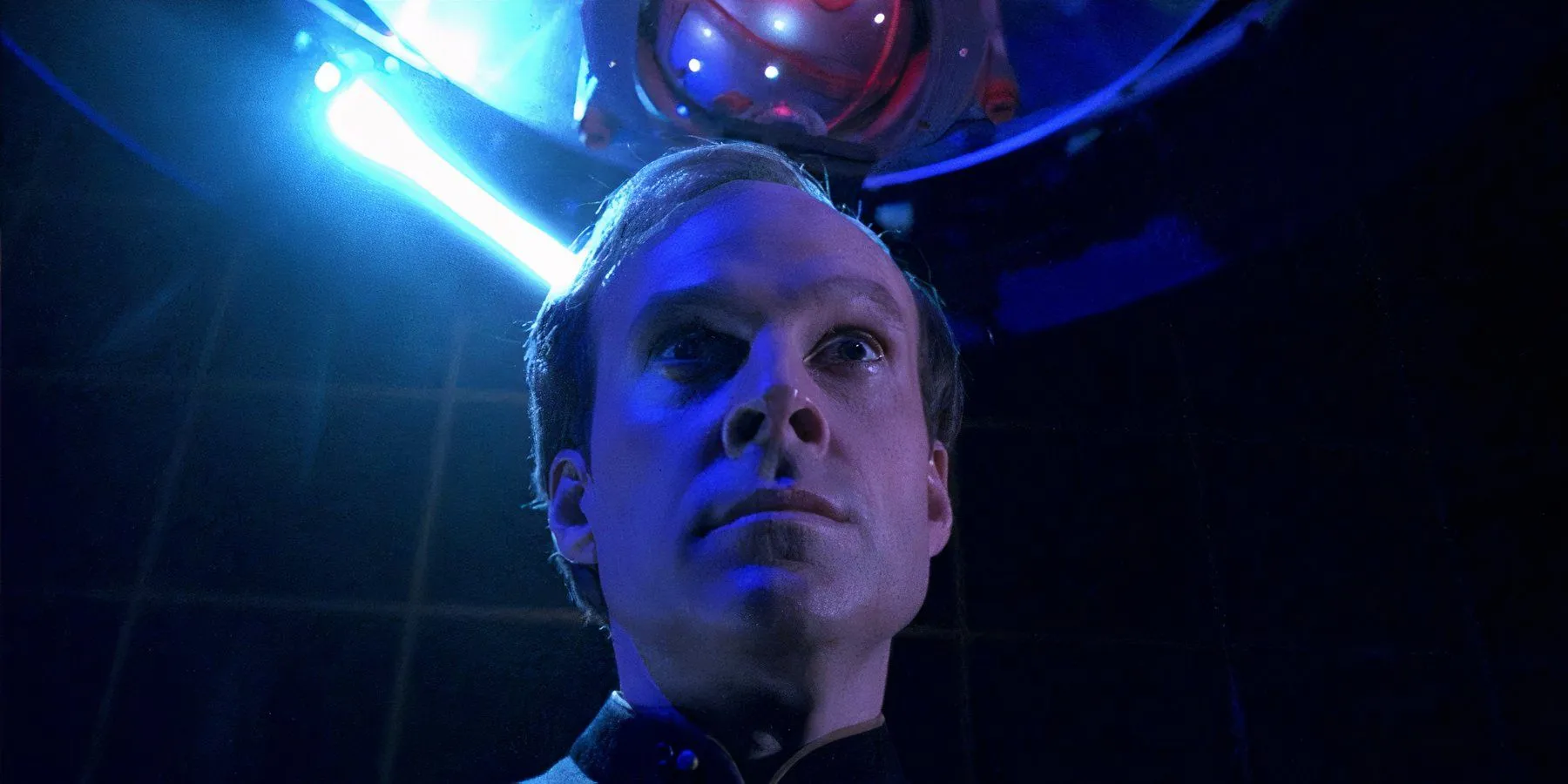
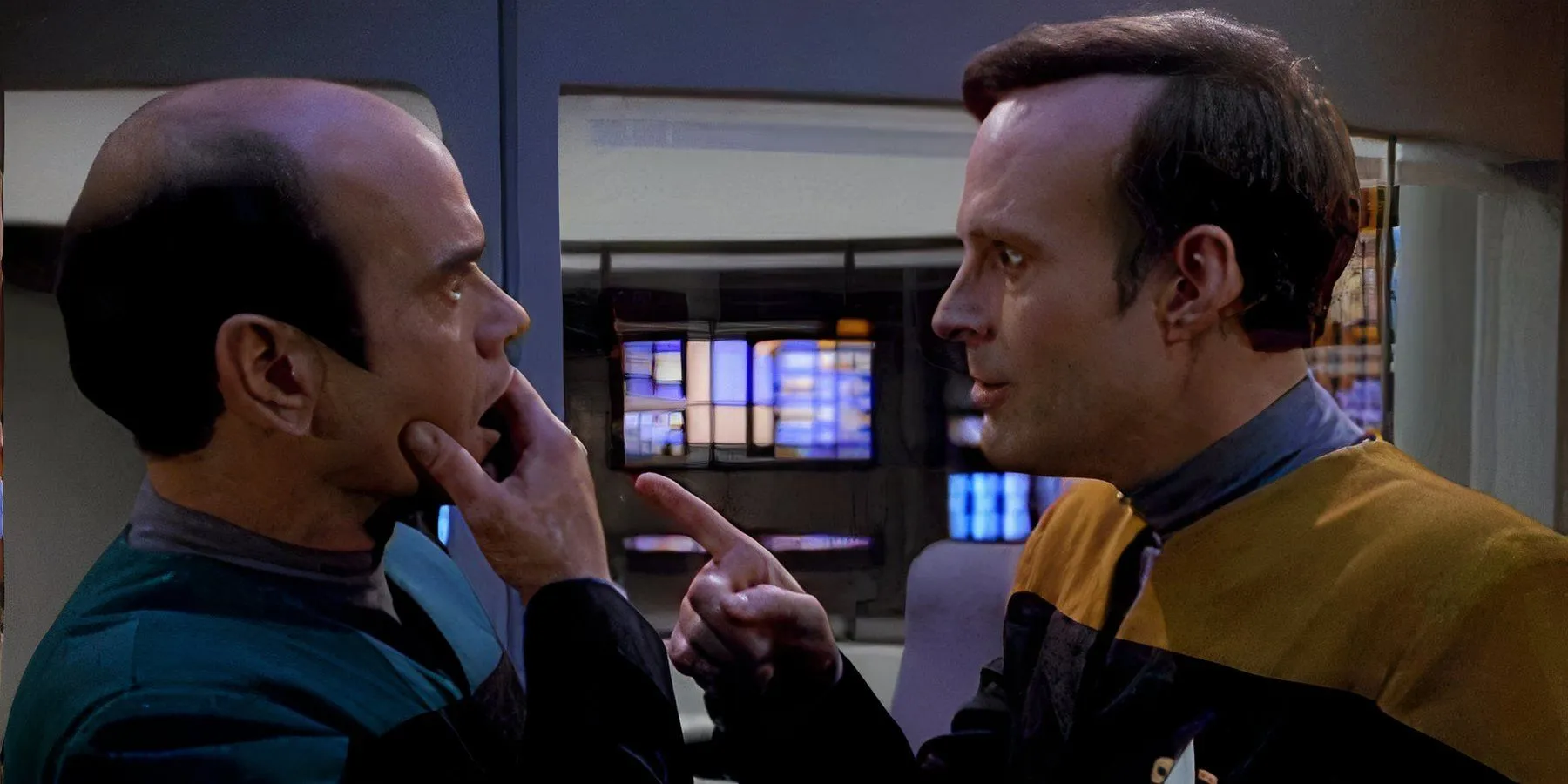
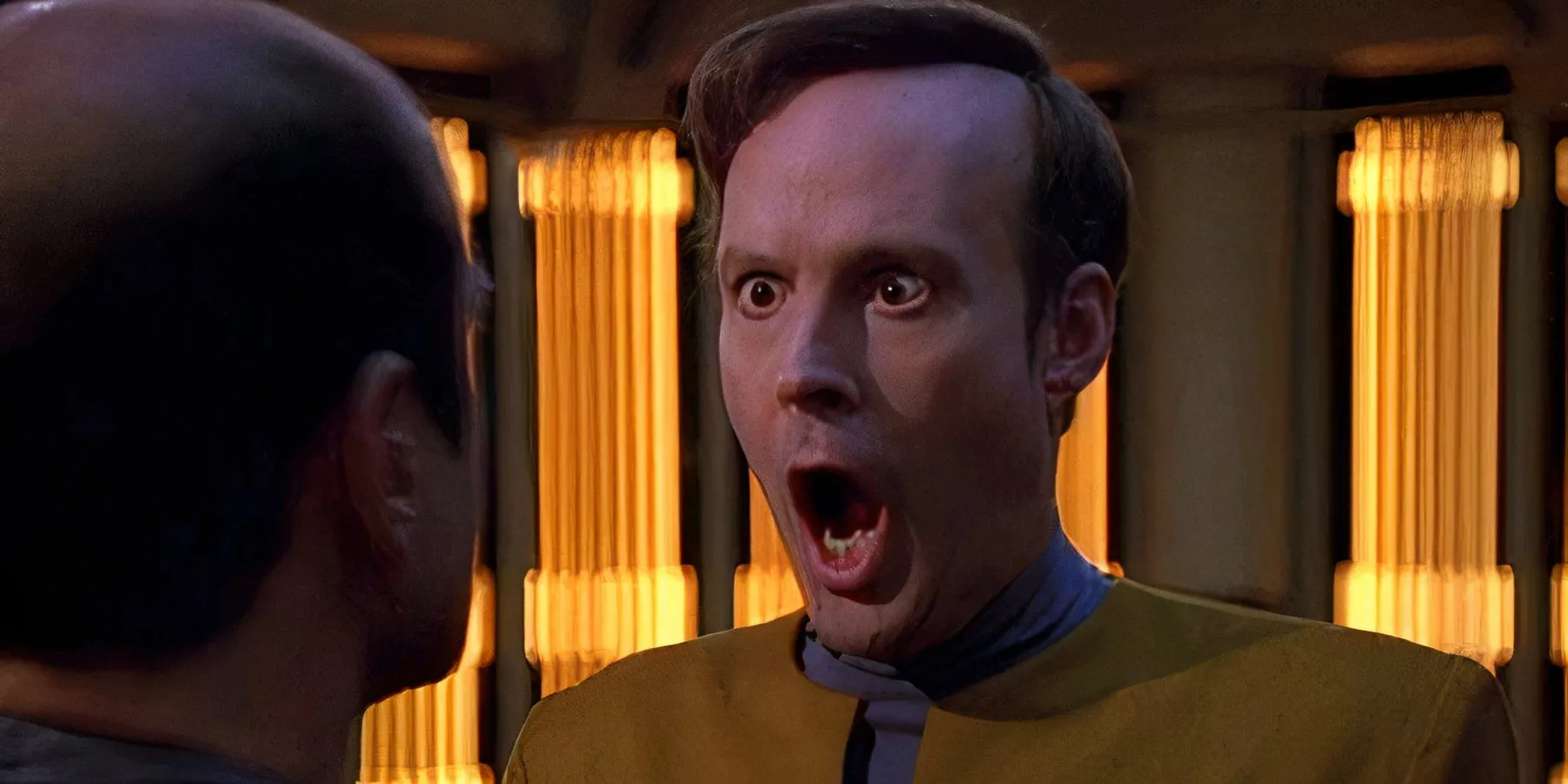
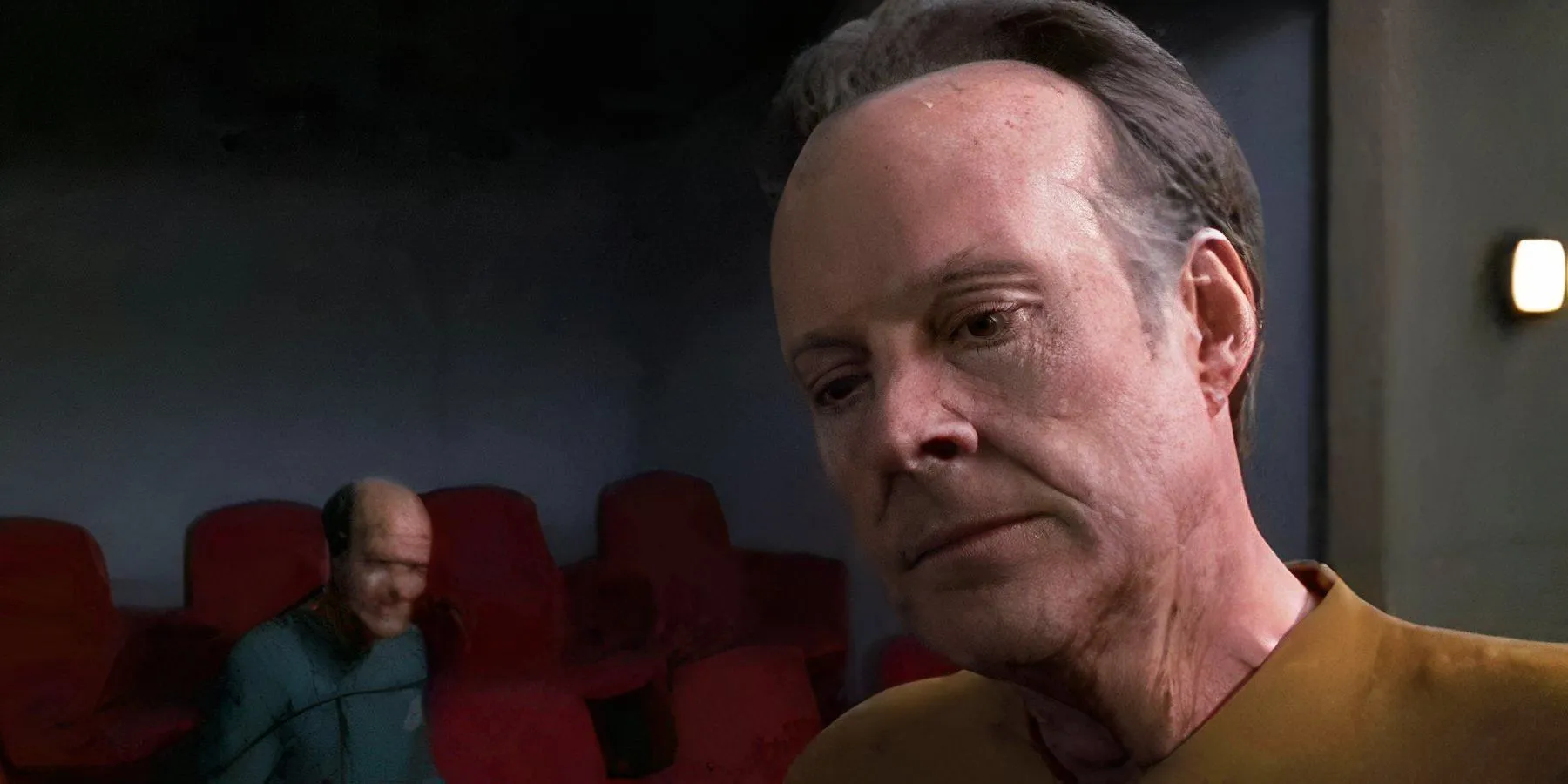
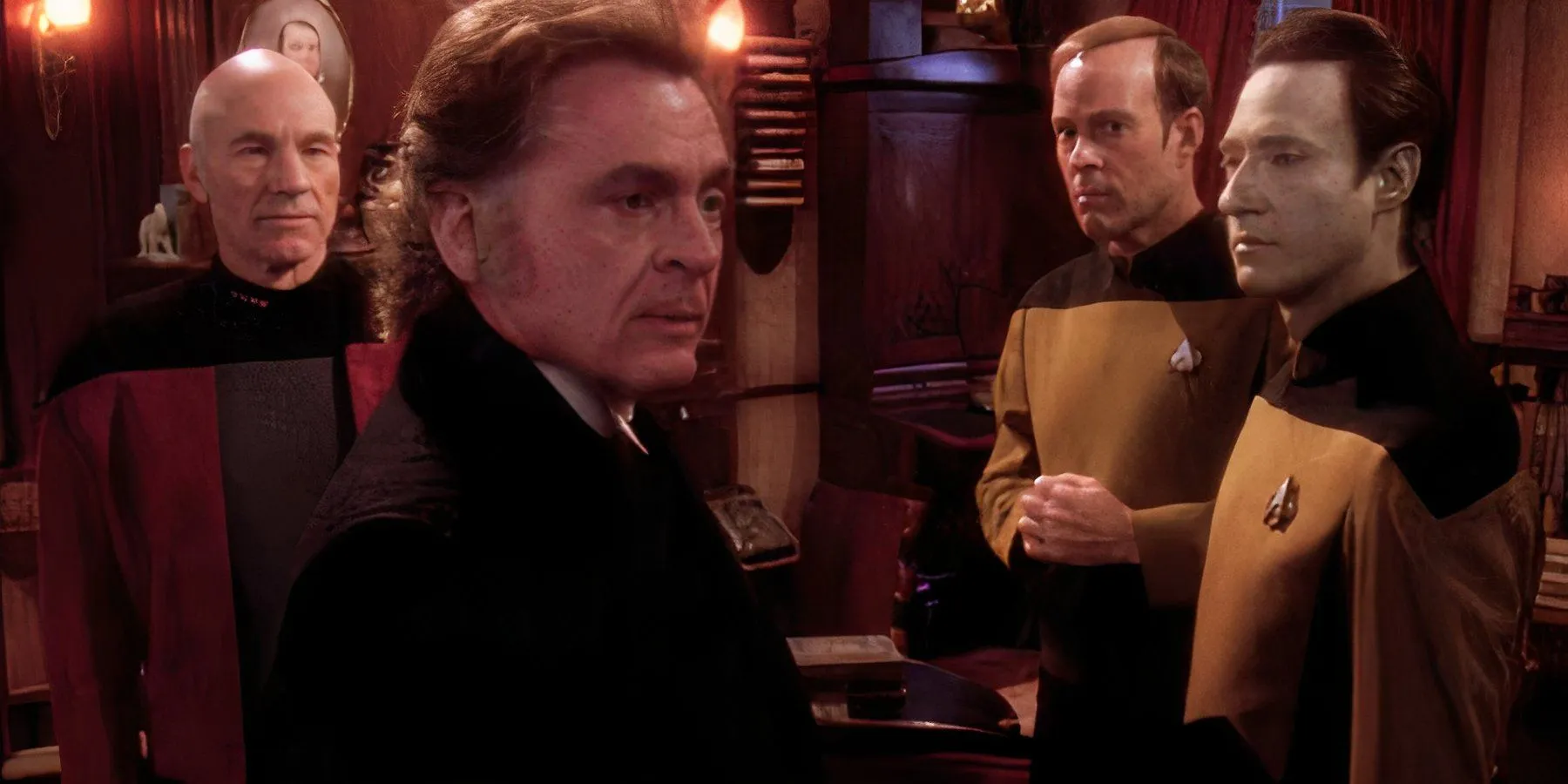
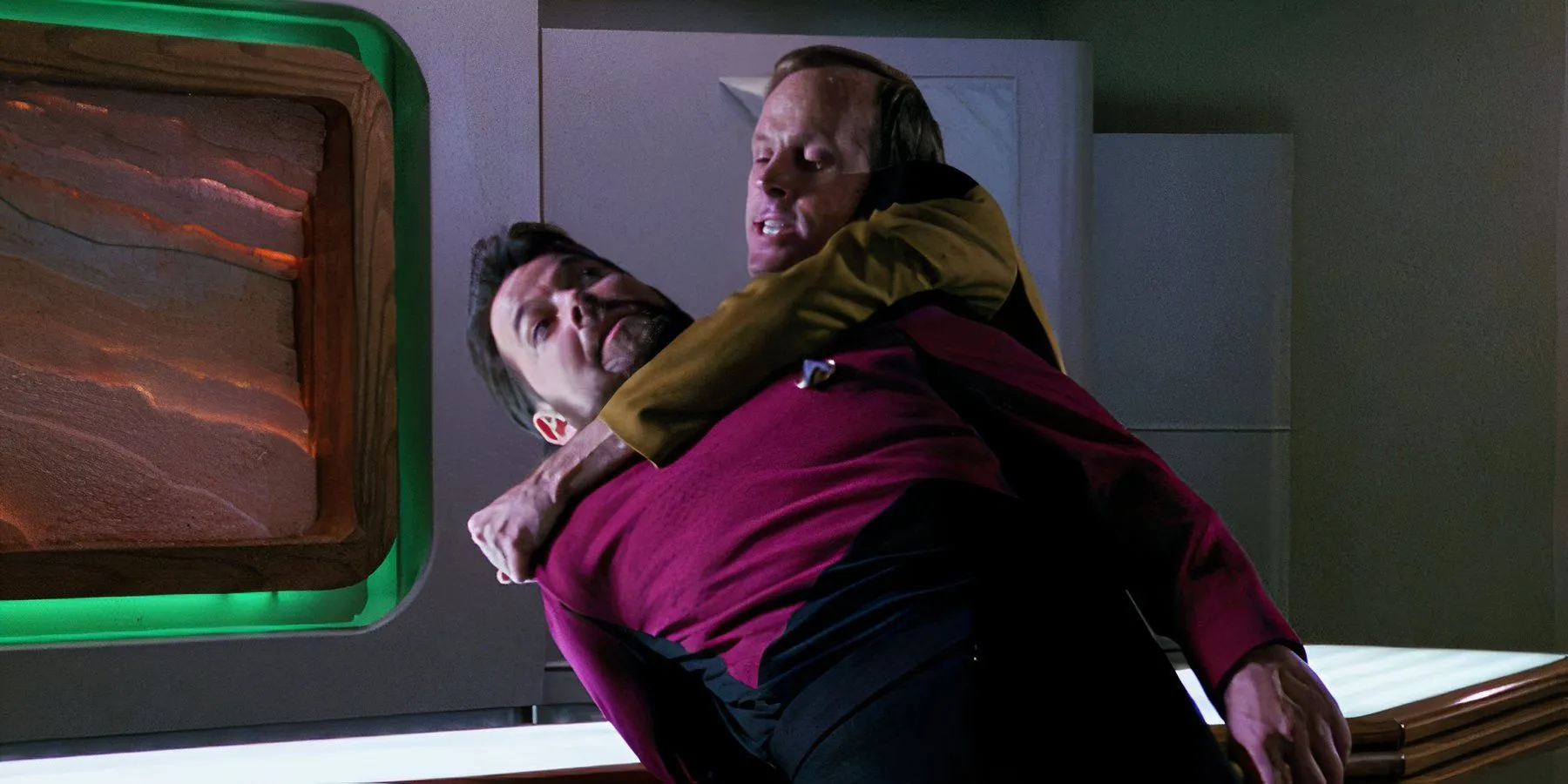

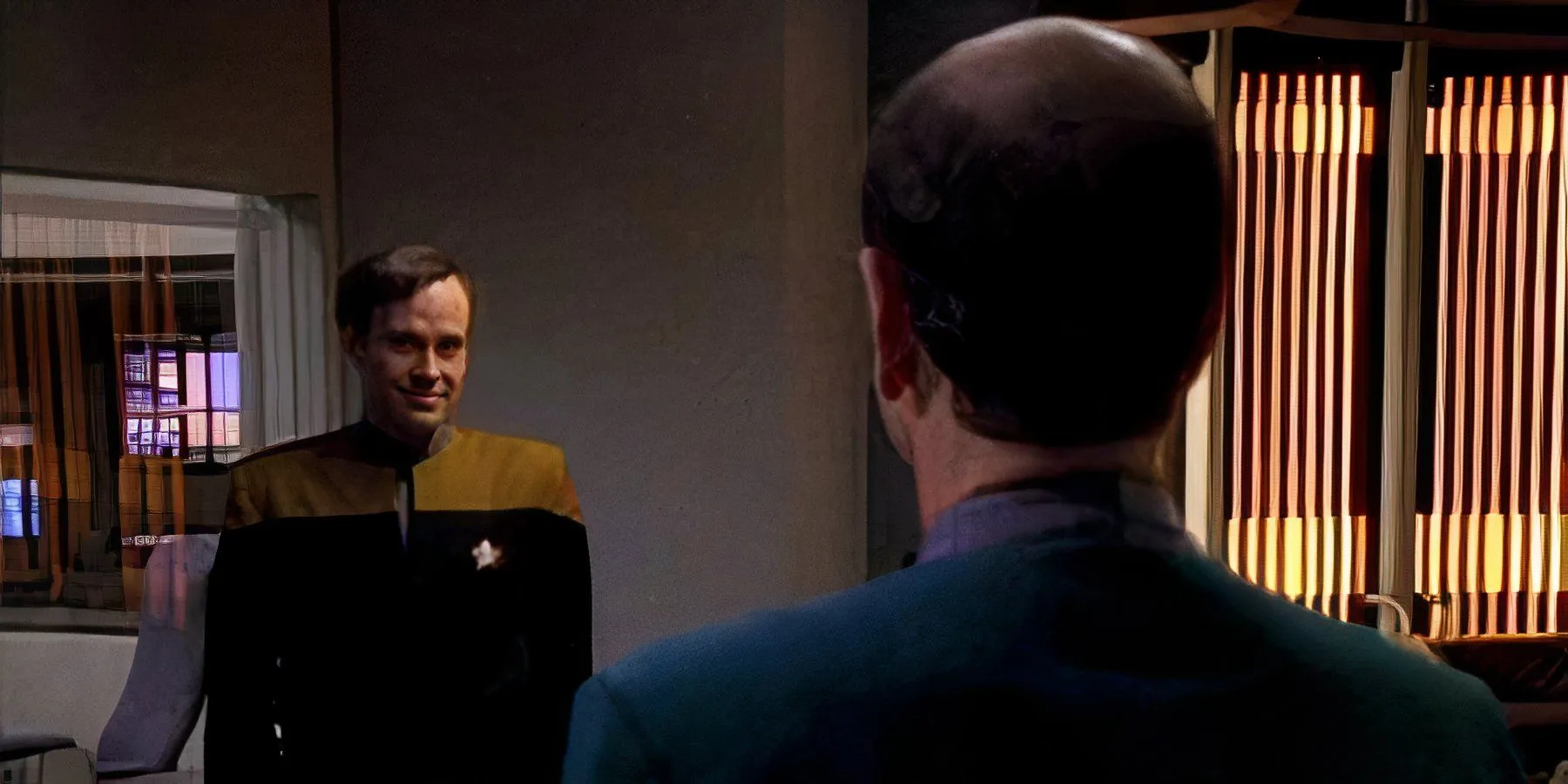

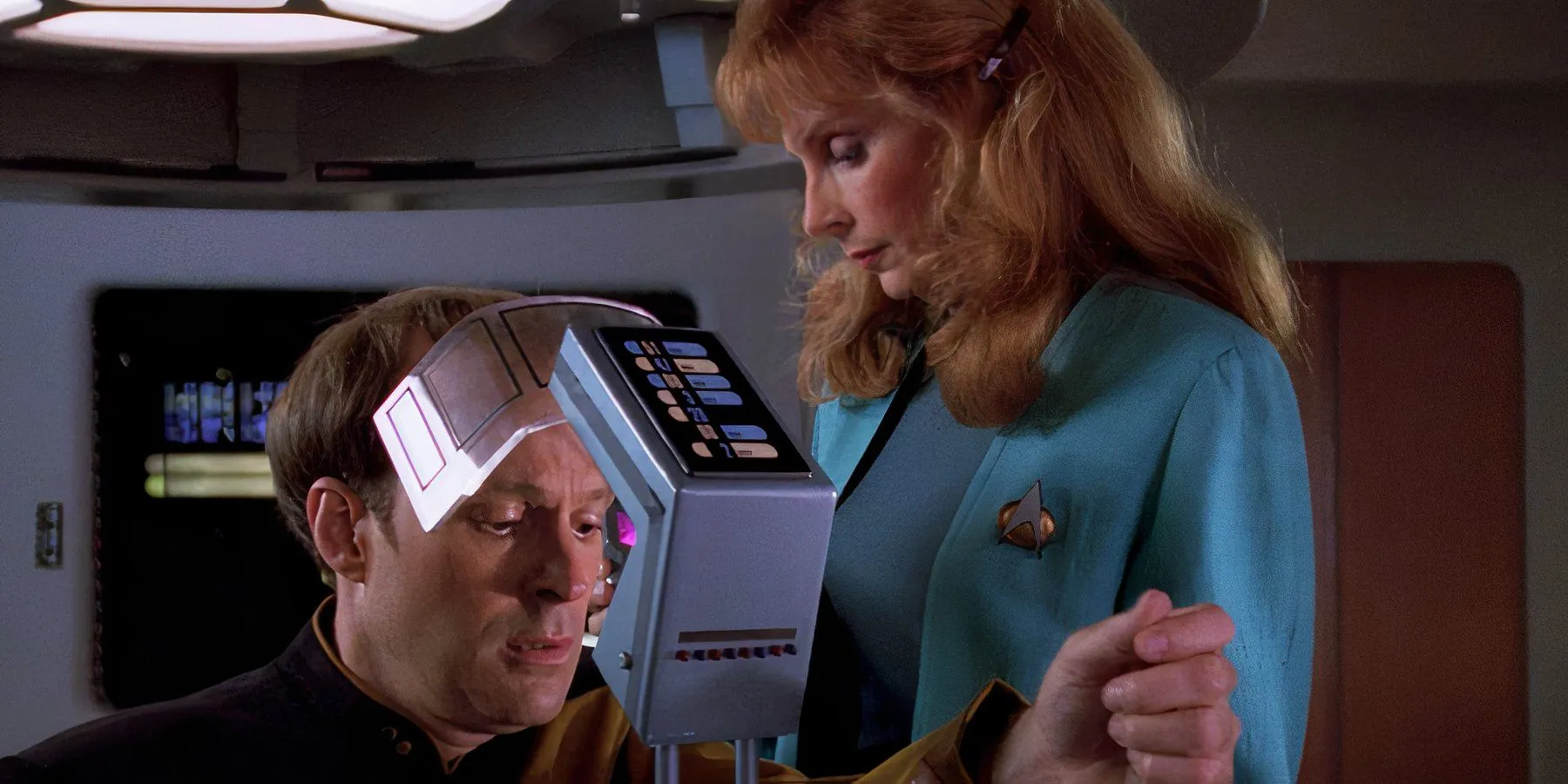
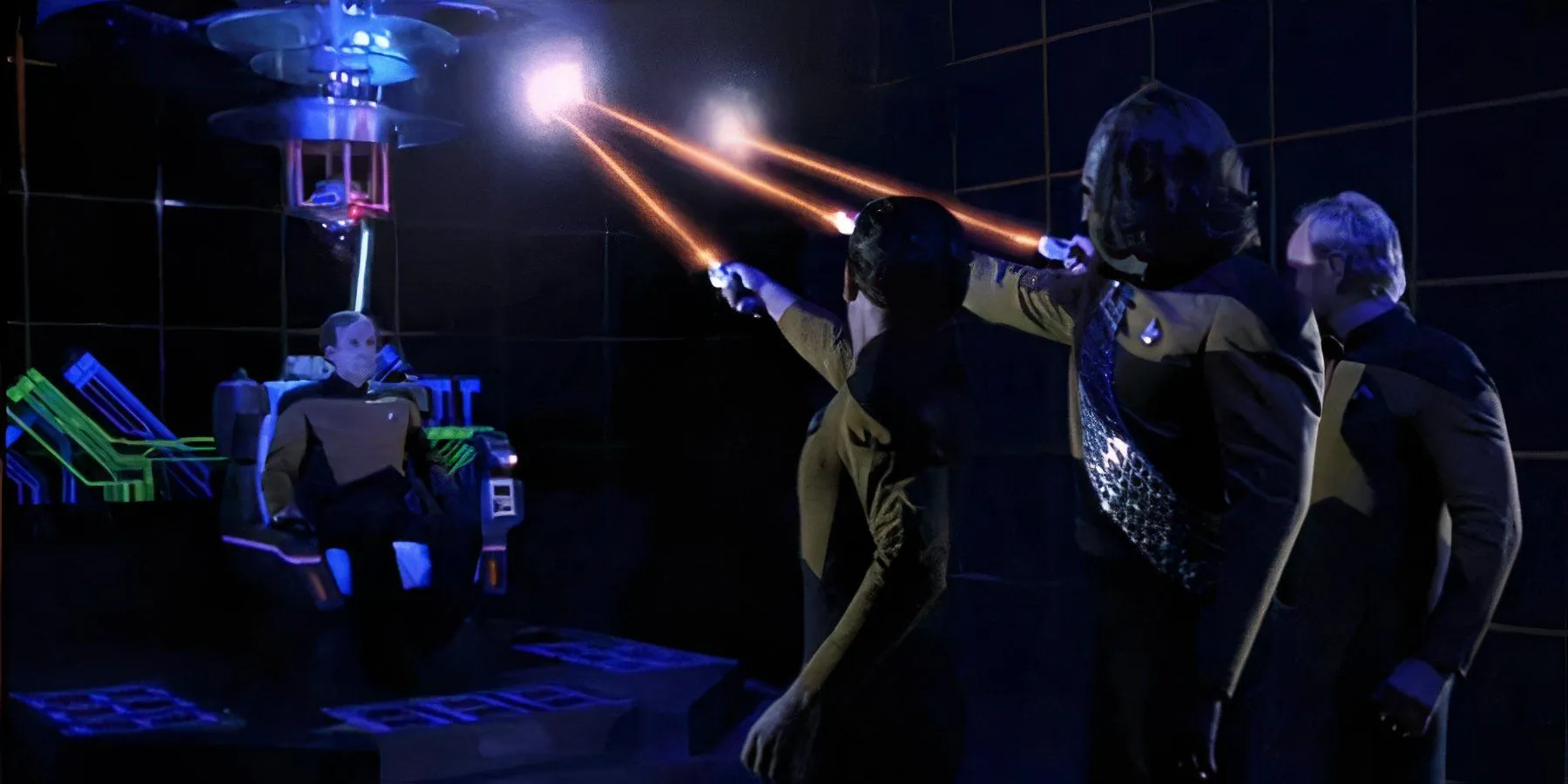


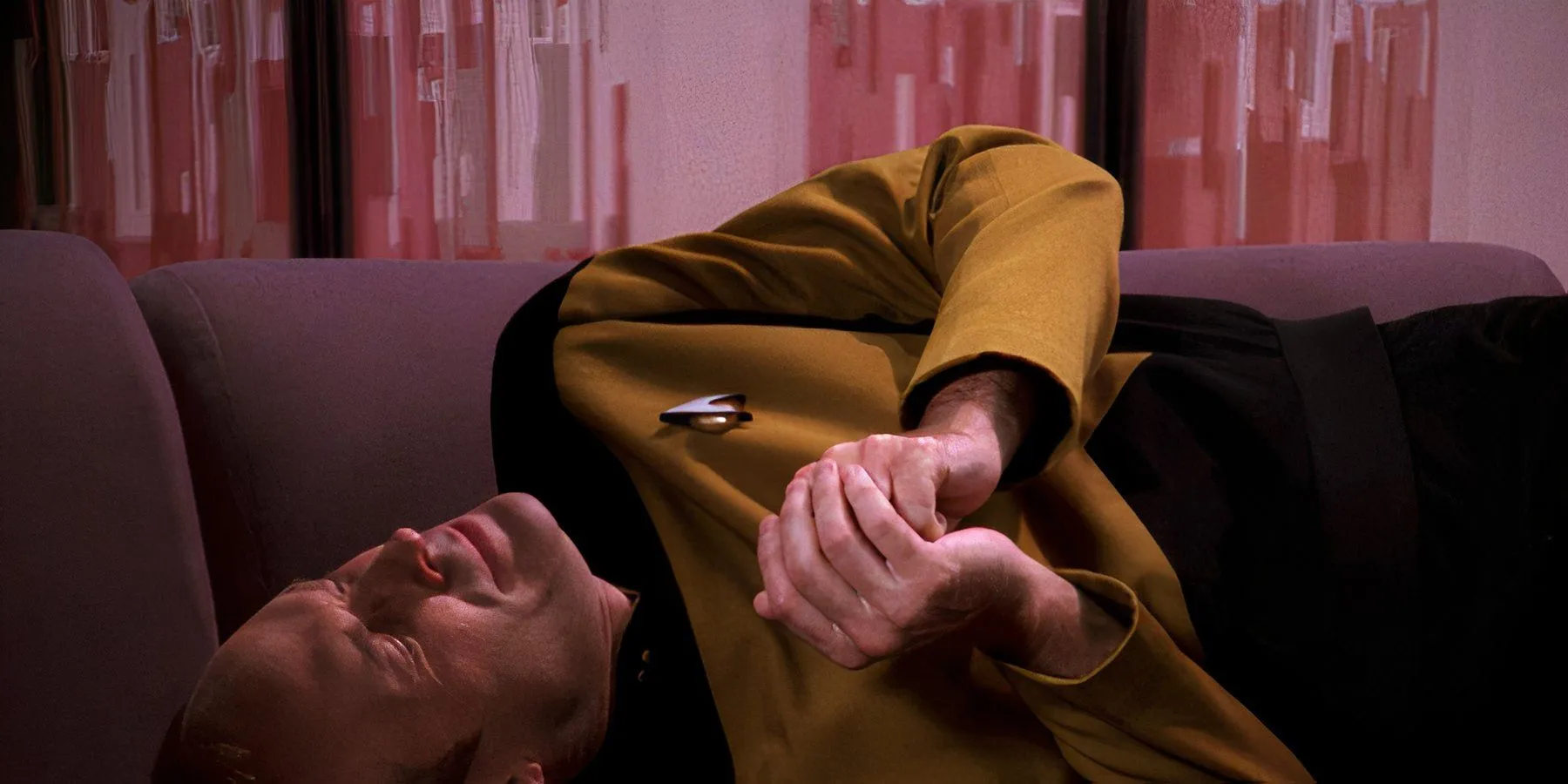
Reginald Endicott Barclay III debuted in the episode “Hollow Pursuits” during the third season. His extravagant name was crafted to accentuate his profound sense of inferiority. Sarah Higley, the episode’s writer, initially characterized him as a prankster who would expose the flaws within the seemingly flawless crew of the Enterprise.
However, at Paramount’s suggestion, Barclay’s persona shifted to one that audiences could more easily connect with. He continued to showcase the incredible abilities of his shipmates while reflecting on his own relatable vulnerabilities. This junior lieutenant was marked by hesitation, anxiety, and frequent stress, which influenced the way he spoke. In essence, Barclay filled a much-needed gap in ST:TNG, gaining more affection during his initial appearance when the prodigious Wesley Crusher mockingly dubbed him ‘Broccoli.’
Barclay was undeniably a charming character, and Schultz’s casting was impeccable. The character’s comeback depended on writers crafting suitable storylines. While Schultz himself expressed surprise at Barclay’s popularity in an interview with Star Trek: The Official Monthly Magazine, the franchise’s commitment to developing the character’s attributes assured his enduring appeal.
In “Hollow Pursuits,” Geordi La Forge expressed worry about Barclay’s dismal performance. The awkward lieutenant seemed to spend all of his time on the holodeck, surrounded by versions of his crewmates that provided him comfort. In Barclay’s imagination, Counselor Troi appears as a goddess of empathy, while Riker parodies a diminutive musketeer. Though the crew struggled to assist him, Picard’s belief that La Forge should nurture Barclay proved worthwhile. The junior officer ultimately overcame his insecurities to rescue the Enterprise from a disastrous contamination.
Barclay returned in Season 4’s “The Nth Degree,” wherein he became superintelligent due to an alien probe. This twist on a first contact scenario transpired after Cytherian forces sent out probes to enhance others’ technologies. When the Enterprise made contact following Barclay’s modifications for a journey to the Milky Way’s core, the crew faced the daunting task of deciphering a trove of new data. Eventually, Barclay reverted to his regular self, retaining memories of his extraordinary experience.
During Season 6, Barclay appeared twice. In “Realm of Fear,” he grappled with his transporter phobia. Convinced that he saw entities in the matter stream, he confronted his fear and made contact with what turned out to be missing crew members from the USS Yosemite, prophesying his future endeavors aboard the USS Voyager. In “Ship in a Bottle,”he inadvertently reactivated the cognizant hologram Professor Moriarty. Despite having minimal involvement in this narrative, his presence reinforced its significance. Staying true to his history, Barclay verified that he wasn’t trapped in a simulation by the episode’s conclusion.
Barclay’s last appearance on the Enterprise occurred in the terrifying Season 7 episode “Genesis.” As fate would have it, he contracted Urodelan flu, leading to a bizarre mutation virus that devolved his fellow crew members. As described by writer Brannon Braga, Barclay is a “nervous and wiry guy,” and he faced the misfortune of transforming into a humanoid spider before Picard and Data could intervene. The enduring impact of Barclay was cemented when Doctor Crusher labeled the virus as Barclay’s Protomorphosis Syndrome.
Barclay Encountered His Star Trek Idol
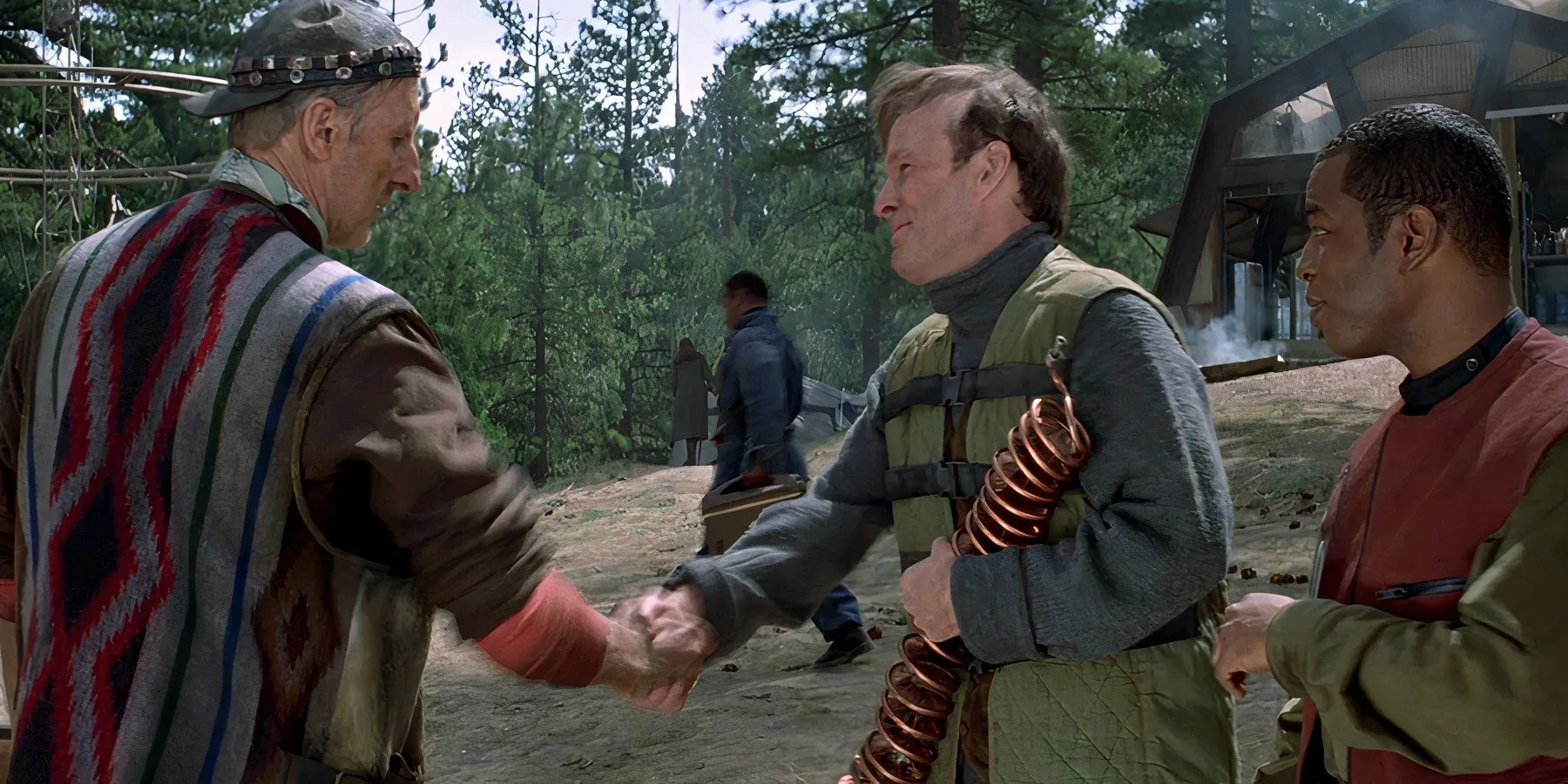
Barclay’s charm may originate from the way he reflects fans’ own insecurities. Initially designed as a more antagonistic character, he evolved into a lovable individual who stumbled yet persevered to earn acceptance from his peers. That being said, his character was still prone to blunders—an understandable trait for anyone stuck onboard the Enterprise.
His character’s essence was perfectly encapsulated in his humorous cameo in Star Trek: First Contact, where he acted as a starstruck admirer. Transported back to the 21st century with part of the crew, Barclay joined the Earth team working to ensure Zefram Cochrane’s Phoenix could embark on its pivotal warp journey and establish first contact with Vulcans. When he presented a copper coil to Cochrane as a potential replacement for the Phoenix’s damaged warp conduit, his excitement was palpable. He approached the renowned scientist with:
“Dr. Cochrane, I know this sounds silly, but may I shake your hand? Thank you, Doctor, I can’t express how much of an honor it is to collaborate with you. I never thought I’d meet the mind behind warp technology…”
Unsurprisingly, the ever-nervous Barclay was quickly reprimanded by La Forge, contributing to Cochrane’s flustered state as he grappled with the sudden influx of strange individuals.
Barclay’s Contributions Were Crucial in Retrieving the USS Voyager
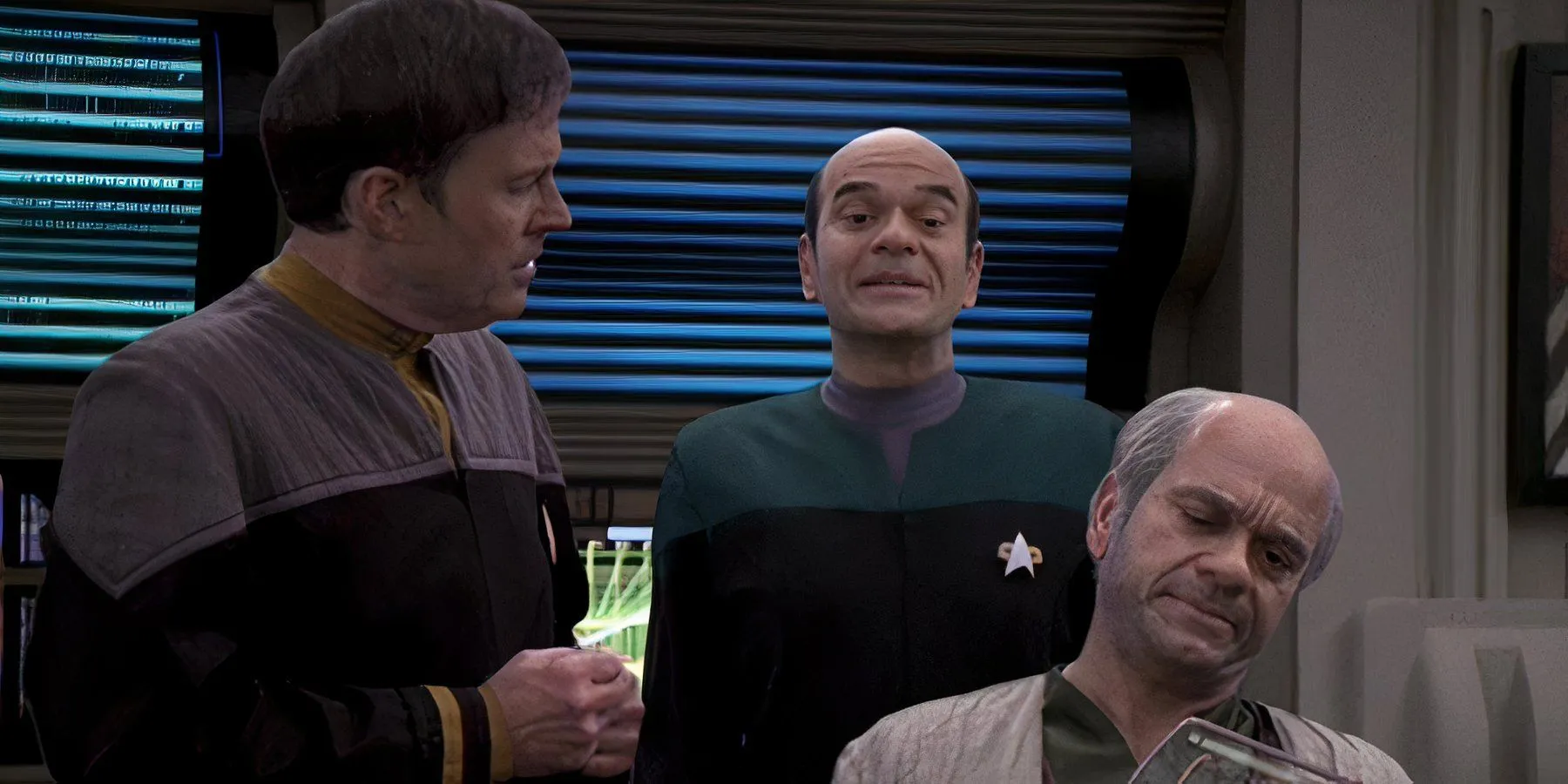
Barclay made more appearances in Star Trek: Voyager than in ST:TNG, cementing his importance by participating in the series’ climactic finale. He was first seen in Season 2, during which his backstory saw some adjustments. He was depicted as having taken a temporary leave from the Enterprise to assist with the Emergency Medical Hologram (EMH) program at Jupiter Station between ST:TNG‘s seventh season and First Contact.
In Season 2’s “Projections,” Barclay surfaces as a figment within the Doctor’s consciousness, trying to convince the hologram he is actually his creator, Lewis Zimmerman, the sole genuine being amid the Voyager’s elaborate simulation. In keeping with his earlier storylines, this predicament arises due to a malfunction within the holodeck.
By Season 6’s “Pathfinder,” Barclay had earned a promotion to lieutenant and was deeply involved in the episode’s titular project. Starfleet was aware that the USS Voyager was stranded in the Delta Quadrant from Season 3’s “Message in a Bottle,” and they were working on long-range communications with the ship. Counselor Troi visited the project, reconnecting with Barclay, who had become obsessively focused on a holographic recreation of Voyager and her crew.
After exceeding his authority with Admiral Paris, Barclay was removed from the project. Nonetheless, he persisted in attempting to prove he could communicate with Voyager via a micro-wormhole experiment. Thankfully, his efforts succeeded, allowing temporary communication between the ship and Starfleet. Consequently, Barclay was honored as an honorary crew member aboard the Voyager.
Barclay’s vital ties to the EMH paved the way for memorable interactions between Schultz and Robert Picardo’s Doctor. In Season 6’s “Lifeline,” Barclay engaged with Counselor Troi, employing shrewd tactics to support Dr. Zimmerman in reconciling with the Voyager EMH, who faced a grave illness. Later, in “Inside Man,” Barclay’s attempts to deliver interactive holograms to a Voyager commandeered by a deceptive ex-girlfriend working with Ferengi showcased his quick thinking. Ultimately, he successfully achieved daily communication with the ship in “Author, Author.”
While Barclay was absent from the epic finale of ST:TNG, he played a role in the conclusion of Voyager’s journey. In “Endgame,”he appeared in an alternate 2404 future as a commander and Starfleet Academy instructor, assisting Admiral Janeway in her endeavor to alter history. Fans were treated to a nostalgic farewell in 2378 continuity when he stood alongside Admiral Paris as Voyager made its triumphant return. This marked Barclay’s last known appearance in the franchise, although his legacy continues through various novels, short stories, and comics that exist within the canon-dubious realm.
Few characters in Star Trek can compare to Reg Barclay. His story arc spanned multiple series and a film while remaining true to a character who battled confidence crises, social unease, and the blurred boundaries between reality and fiction. He highlighted a diverse perspective on Starfleet, the challenges faced by his compatriots, and opened doors for future characters like Sylvia Tilly from Star Trek: Discovery.




Leave a Reply